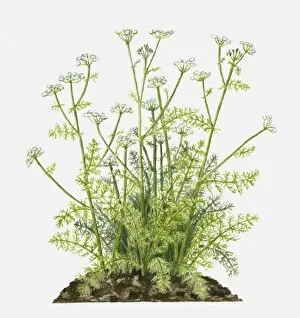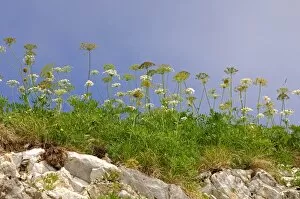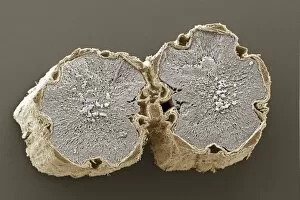Carum Carvi Collection
Carum carvi, commonly known as caraway, is a versatile herb that has been used for centuries in various cuisines and herbal remedies
All Professionally Made to Order for Quick Shipping
Carum carvi, commonly known as caraway, is a versatile herb that has been used for centuries in various cuisines and herbal remedies. This plant, also referred to as meridian fennel or Persian cumin, boasts small white flowers and feathery green leaves on tall stems. The historical significance of caraway can be traced back to the 16th century when it was illustrated by Leonhart Fuchs in his renowned book De historia stirpium commentarii. The intricate colored engraving showcased the beauty of this herb and highlighted its importance during that era. Caraway's popularity extends beyond Europe; it can also be found in countries like Switzerland and even Dubai's spice souk in the Middle East. Its distinct flavor adds depth to dishes while its aromatic seeds are often ground or used whole for culinary purposes. In close-up shots, one can appreciate the texture and appearance of whole dried caraway seeds. These tiny seeds are commonly crushed using a mortar with pestle before being incorporated into recipes. A fresh sprig of caraway serves as a reminder of its natural origins. Examining caraway fruit under scanning electron microscopy reveals intricate details that might go unnoticed by the naked eye. The SEM images showcase the unique structure of these fruits, capturing their essence from different angles. Whether you're exploring traditional European cuisine or experimenting with Middle Eastern flavors, Carum carvi remains an essential ingredient worth incorporating into your culinary adventures. Its rich history and distinctive taste make it a beloved addition to any dish seeking an extra touch of flavor complexity.













